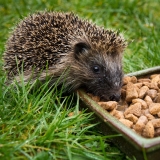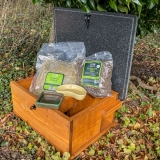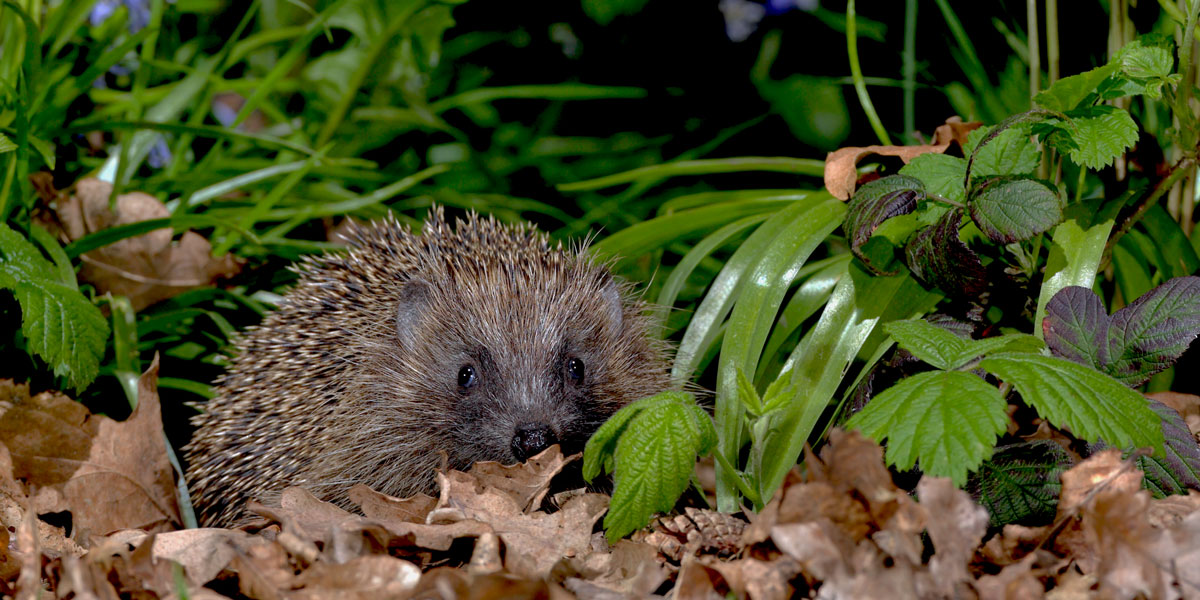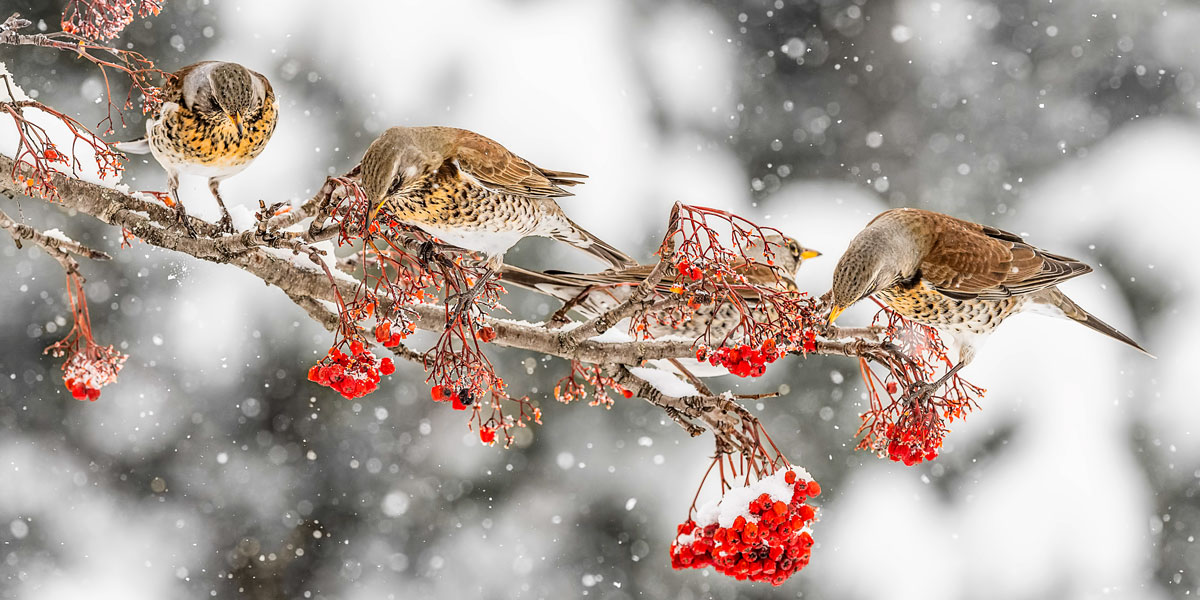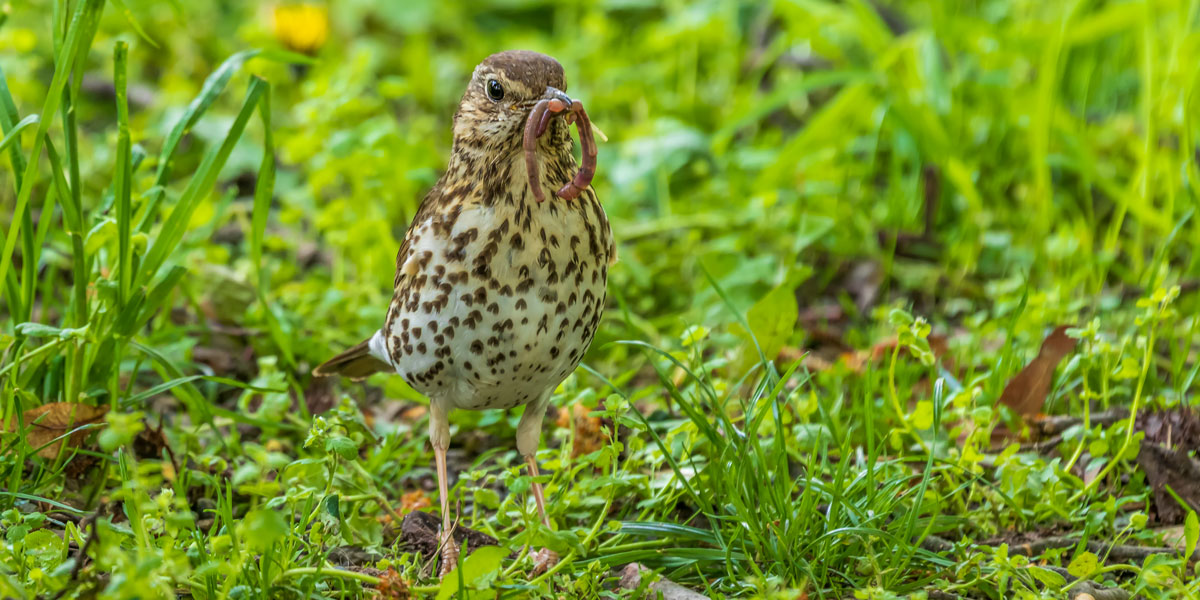Explore Our Garden Wildlife Blog
Browse or search by Category or Keyword below, alternatively click on any Tag to see related articles.
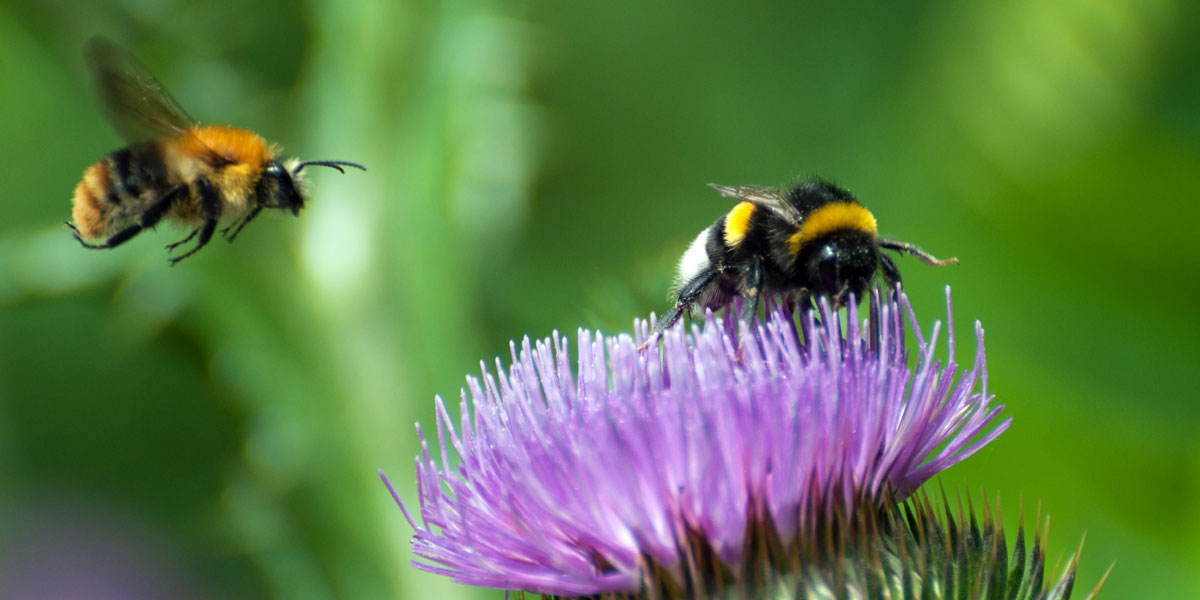

It’s all Quiet in the Garden
By Sean McMenemy
10th June 2019
Last Updated: 16th June 2022
As spring draws to a close and the frantic pace of nature settles into the calmer summer months, it gives us time to reflect on what’s good and what’s not in a typical British garden.
Quieter it may be but is this how it’s always been? I am old enough to remember riding my bike as a lad with my mouth tightly closed against all the bugs trying to enter. I remember roads littered with the broken bodies of animals looking like the shocking opening scenes from the movie Saving Private Ryan. I remember walking up a hedgerow footpath and finding countless birds’ nests and exploring the different eggs and chicks as I went. I also chuckle at the memory of evening trips to the sweetie shop with my sisters screaming at the countless swooping bats, believing they were going to get caught in their hair. Sadly, all this has gone!
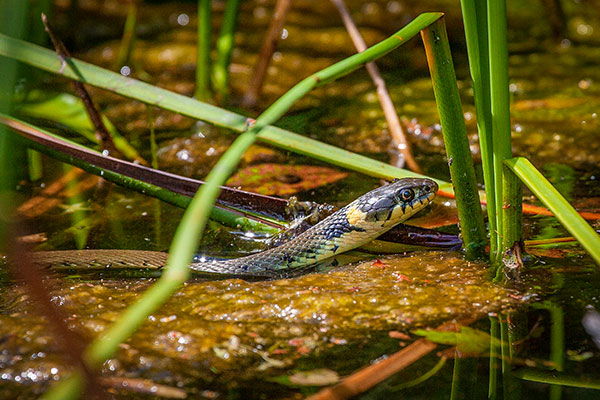

In one short lifetime I, and indeed all of us have witnessed the decimation of wildlife and the natural world. We, and the generation before us are the ones who industrialised the countryside to serve us and no other. The loss of habitat and species we see today is the entirely predictable result.
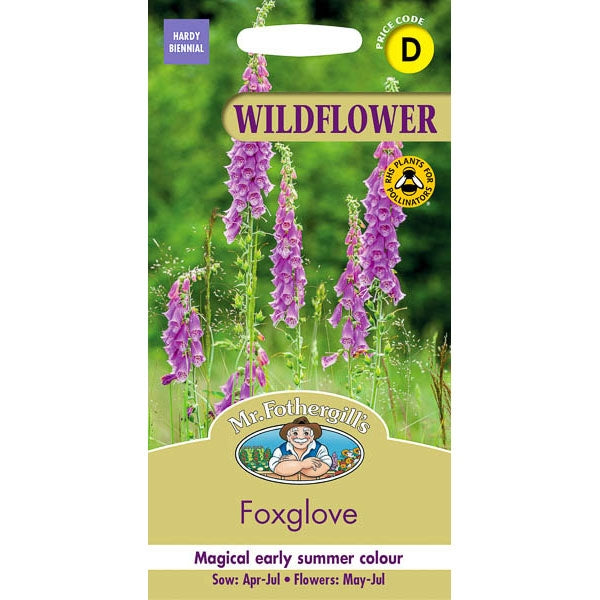

The countryside is barren and needs Government intervention on a national scale, in the meantime, if each of us acts now we can make changes to replace lost habitats in our own gardens. The average UK garden is about 50’ long and while mine is not as large I routinely count 6 species of mammal, over 30 species of bird and 100’s of yet to be identified beetles, solitary bees and wasps all regularly visiting. There is no secret to a successful wildlife garden, mine is a hive of activity because I have a shallow pond and two bird baths permanently full of fresh water. I plant largely native flowers and shrubs, along with other colourful species which I know are nectar rich. I put out bird food all year round and hedgehog food throughout spring and summer. I am not overly tidy and allow dandelions and daisies to flourish in the lawn. I use no sprays or pesticides in the garden and accept part of my veg crop is going to be donated to the fauna too. One of my personal measures of success is counting bumblebee nests. I encourage them to nest every year and my record is 3 occupied boxes and 2 natural holes, 5 bumblebee nests in a garden that’s 26’ by 26’, not bad! The secret is no secret, just be willing to share your space.
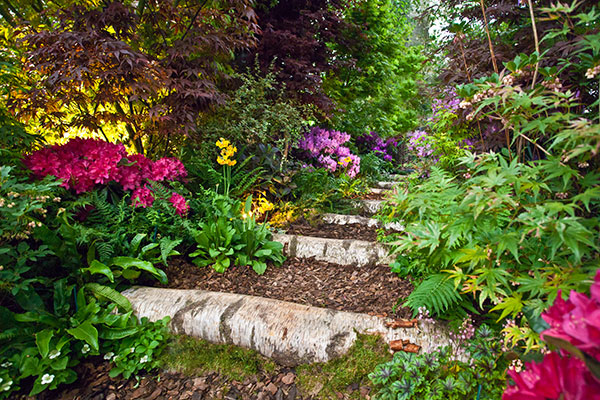

Today I garden for wildlife and I encourage others to do the same. I try to reduce waste and recycle whenever I can. I buy local and seasonal food when it’s available and certainly enjoy growing my own. These are small things, but they help. Now imagine a country with over 20 million gardens all providing safe refuge and homes for our long-suffering wildlife and the immense difference this would make. This is Britain and combined our gardens can be the safe space for wildlife to retreat, recover and flourish.







